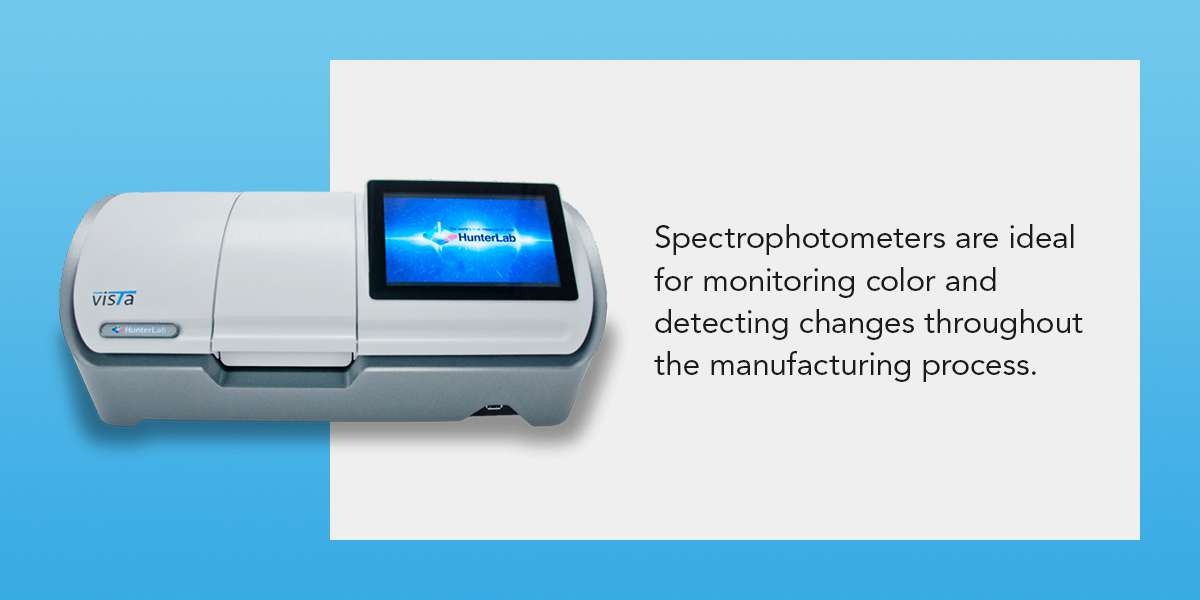
Color consistency plays a significant role in the lubrication industry, from product identification to chemical analysis to contaminant detection during manufacturing. Noticing color changes during manufacturing is vital for ensuring lubrication products meet the highest quality and safety standards for consumers. While end users often use lubrication color charts and identification tags to classify product types, manufacturers rely on more advanced methods for accurate analysis, like spectrophotometry.
What Is Color Consistency?
Color consistency involves the color variation between two samples without considering brightness or how a light beam hits a sample's surface. The concept of color consistency revolves around chromaticity, which refers to a color's quality based on its dominant wavelength. Because the human eye cannot identify degrees of variation for some lubrication product colors, accurate tools are necessary for maintaining the required production standards.
Besides product identification, color consistency is vital for determining a lubricant's age of effectiveness. Many lubricants — like engine oil or machine grease — change color due to oxidation and thermal degradation. When this color loss happens, the product loses its potency and ability to perform.


